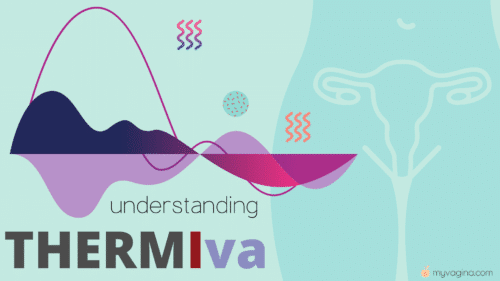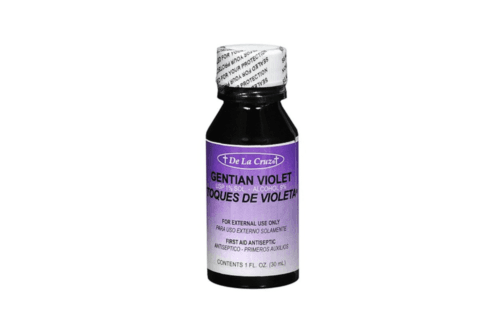Nightshades and your vagina
We discuss the impact of the nightshade family foods on the body, and why they can be a problem for some people.
How to use the Chanel Vaginal Pessary
Instructions on how to use the Chanel pessary as part of Killing BV treatments.
Oxalate-containing foods list (searchable)
The low oxalate diet aims to reduce intake of oxalates to reduce painful and uncomfortable symptoms associated with oxalate excess.
How to use the Lactulose and Probiotic Kit
How to use lactulose and a probiotic as part of the Killing BV treatments.
How to use the Manuka Honey Vaginal Treatment
We explain how to use manuka honey as part of Killing BV treatments.
How reflexology works (maybe)
We can use reflexology at home, for free, to solve or help manage some tricky problems with your vagina, vulva and pelvis (and the rest of you).
Fresh ginger juice tea
How to make fresh ginger juice tea to improve efficacy of oral treatments.
Ozonated oils for skin and vaginal complaints
We discuss the use of ozonated oils for vulvovaginal complaints and skin problems, including safety, research, and usability.
Post-SSRI sexual dysfunction (PSSD)
PSSD is the prolonged loss of sexual function after using SSRI or SRNI antidepressant medications.
Ozone vaginal insufflation
We run through what vaginal insufflation of ozone is and what it's used for.
Study: L. crispatus probiotic cheese for preventing vaginal infections
Researchers have developed a robust soft cheese made with Lactobacillus crispatus, one of our favourite vaginal colonisers.
Can we use boric acid on the penis?
We discuss the use of boric acid on the penis for treating vaginal dysbiosis-related problems.
Understanding the ThermiVa
Radiofrequency treatments can be used for vaginal laxity, urinary leakage, and giving a pep-up to poorly performing vulvovaginal tissue.
How to use BV-Uplasma Clear (vagina)
Instructions for using the Killing BV Ureaplasma/Mycoplasma herbal blend treatment vaginally.
Understanding and using coconut oil vulvovaginally
We take a closer look at coconut oil when used on the vulva and in the vagina - is it safe and does it really have antimicrobial properties?
Got vagina problems? Check for food intolerances
Food chemicals, even naturally occuring types, can throw your system out and leave you with continuous health problems, including vaginal problems.
How to use apple cider vinegar to treat BV and yeast
Apple cider vinegar is an old favourite for BV, but does it work? There isn't much research into ACV for vaginas, but we found some on microbes in general.
Are Coca-Cola douches a good method of birth control?
No, Coke is not a good form of birth control! We look into the scientific research on why Coca-Cola isn't going to prevent pregnancy.
Douching as a form of birth control
Douching used to be one of our only options for birth control, however we know now that douching does more damage than good. And it doesn't prevent pregnancy.
Gentian violet health warning – use at your own risk!
The Canadian Government has banned all products containing gentian violet for humans and animals due to ingestion/absorption health concerns.










